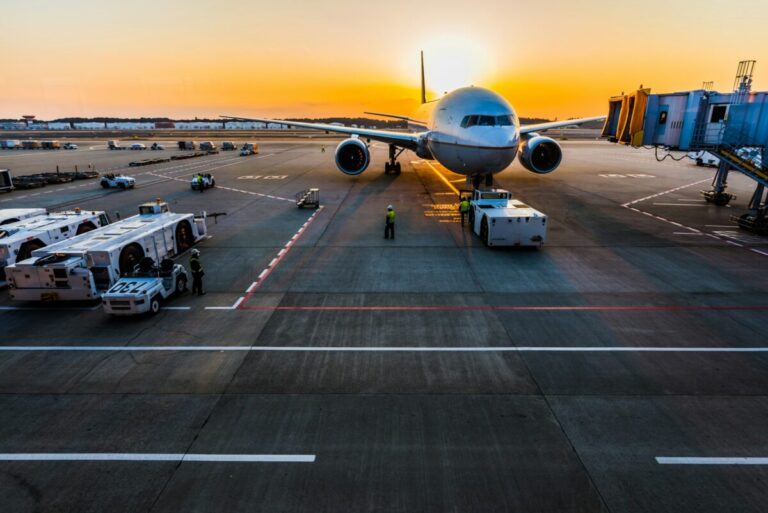A team of researchers developed a methodological framework for assessing solar potential at airports and applied it to seven Indian airports. They found the greatest potential at an airport in Raipur, central India, where they say an array of at least 21 MW could be installed without compromising customer experience or safety.
A team of researchers has created a methodological framework that assesses the potential of installing solar energy at airports.
In the research paper “Greening of airports: a methodological framework for assessing sites and assessing solar energy potential,” published in Results in technologyAccording to the researchers, only a few percent of airports worldwide have solar installations, but they add that the technology has great potential to help airports decarbonize their consumption. However, any application must be done without compromising passenger safety and experience.
Their methodology first involved ensuring that the proposed sites met standard selection factors for solar power plants, such as appropriate levels of solar radiation, temperature, wind speed, rainfall, elevation and slope. The researchers then used Google Earth to identify airport locations that are not suitable for solar installations, such as built-up areas – including rooftops and parking lots – safety zones and vegetation areas.
To be considered suitable for solar installations, the researchers decided that the areas must be at least 1,000 m² in size and within 1.5 km of an electrical substation. They were also responsible for various aviation safety regulations, including proximity to communications, navigation and surveillance facilities. ForgeSolar software was then used to ensure locations adhered to the Federal Aviation Administration’s glare policy for airport solar. Once it was ensured that all remaining locations were glare compatible, these area parameters were assessed based on resource, theoretical and technical capability potential.
The research paper applied the methodology as a case study to seven airports in India, located in Madurai, Goa, Raipur, Ahmedabad, Lucknow, Amritsar and Dehradun. These airports were chosen because they are each located in a different climate zone when using the Trewartha climate classification.
It was determined that every airport has some potential for solar installations. The percentage of the total area suitable for solar PV installations ranged between 3.6% and 21%, with 30% to 40% of each airport being built-up. After the glare analysis was conducted, the number of locations suitable for solar energy at each airport ranged between 2 and 15.
The highest technical potential was observed at the Swami Vivekananda Airport in Raipur, central India, located in a tropical savanna climate. The researchers say it has the potential to deploy 21 MW and a theoretical potential of up to 48 MW. Airports with the lowest solar potential – 1 MW at Dehradun airport, 2.23 MW at Goa airport and 3 MW at Lucknow airport – correlated with glare.
The researchers conclude that suitable areas for solar energy projects on airport property depend on airspace restrictions, built-up area and glare, with solar energy potential also varying depending on an airport’s geographical features and land use pattern. They add that their approach to location assessment can be applied ‘at any airport worldwide’.
This content is copyrighted and may not be reused. If you would like to collaborate with us and reuse some of our content, please contact: editors@pv-magazine.com.


